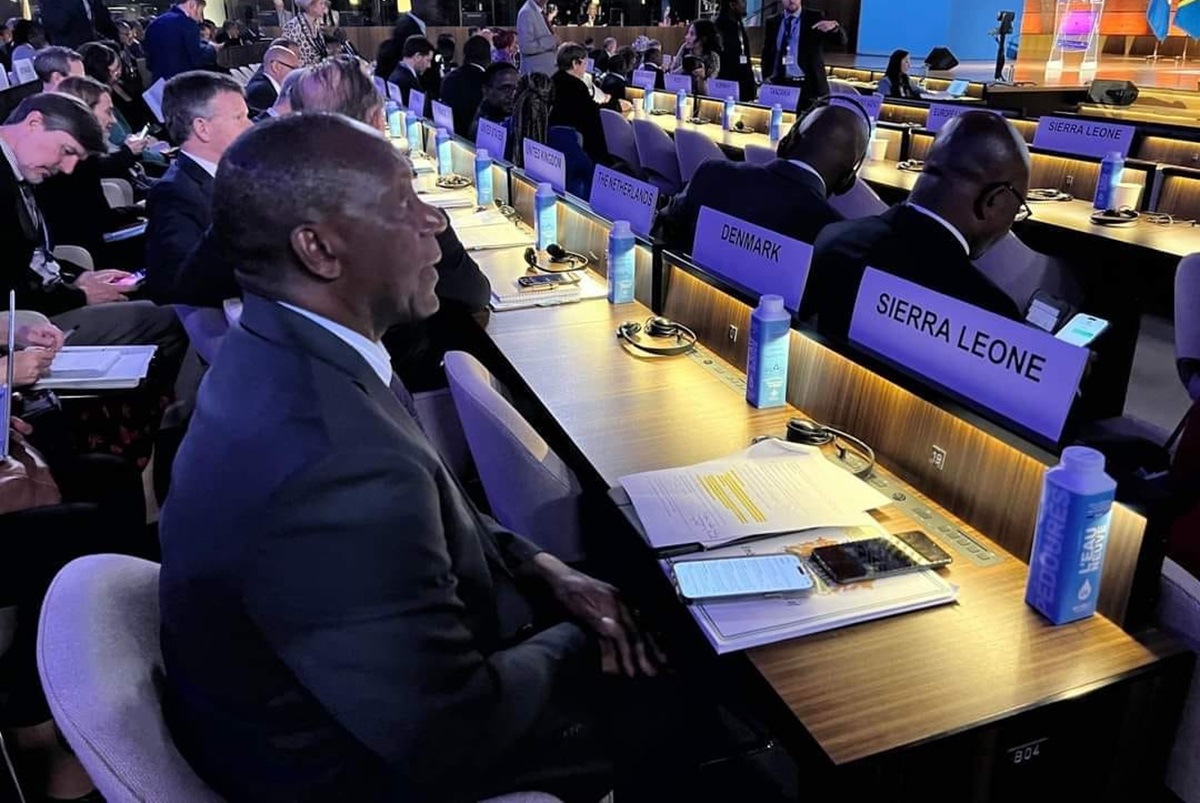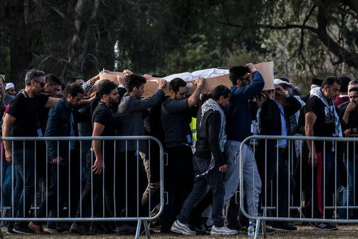
By Damien Cave and Amanda Saxton
SYDNEY, Australia — Brenton Tarrant doctored triggers to make his weapons fire faster and be more lethal. He used a strobe light to disorient his victims. And after murdering 51 Muslims during Friday Prayer at two mosques in Christchurch, New Zealand, last year, he told the police he wished he had killed even more.
On Thursday, his campaign of hate finally ended: A judge in the resilient seaside city where he had waged his terrorism sentenced him to life in prison without any chance of parole.

While the grieving and wounded watched with a mix of anger, defiance and relief, Mr. Tarrant, 29, an Australian with thinning hair and inscrutable eyes, was hauled away to face the certainty of dying behind bars. He is the first criminal in New Zealand ever sentenced to life in prison with no eligibility for release — the country’s most severe punishment.
“If he still has any human feeling, he will die in guilt and remorse,” said Gamal Fouda, the imam of Al Noor mosque, where Mr. Tarrant killed 44 people. “I think he will die out of loneliness, thinking about what he did to us and his mother, his grandmother, his family.”
“We are getting support,” he added. “He lost himself forever.”
The sentence in New Zealand’s worst mass murder was handed down by Justice Cameron Mander to a courtroom of total silence after three intense days of heartbreaking and defiant testimony by victims. In all, 91 statements were delivered in court before a rotating group of socially distanced survivors and witnesses who also filled seven additional courtrooms in the modern High Court building in downtown Christchurch.
Upon hearing there would be no possibility of parole, many smiled through tears.
The life sentence, while expected, followed more than a year of unpredictable proceedings.
Mr. Tarrant initially pleaded not guilty to 51 charges of murder, 40 charges of attempted murder and one terrorism charge, then changed his plea to guilty in March. He fired his lawyers in July, raising concerns that he would use the sentencing to promote the racist views he had described in a manifesto he published online just before his attacks in March 2019.
But instead, as victim after victim confronted him with anger and resolve, Mr. Tarrant sat silently, gazing without emotion at those he had tried to kill or terrorize.
A prosecutor, Mark Zarifeh, told the court on Thursday that Mr. Tarrant had accepted responsibility for his actions, out of pride, not remorse. Just before the final sentencing, Justice Mander said Mr. Tarrant had tried and failed to justify his horrific crimes by presenting himself as a bullying victim who had been ostracized and sought revenge.
“Your actions were inhuman,” the judge told Mr. Tarrant, adding: “To my observation, you remain entirely self-absorbed.”
Mr. Tarrant did not respond. Forgoing a chance to address the court beyond confirming that he did not oppose a sentence of life in prison without parole, he listened to all, revealing his thoughts to none.
He seemed to be a man deflated from the moment the sentencing hearing began on Monday, when he shuffled into Courtroom 12 wearing an oatmeal-colored sweatshirt and surrounded by guards. Compared with his early court appearances, he looked weaker and far slighter of frame, a development his victims considered appropriate.
“It was good to see that he was being punished in there,” said Mustafa Bostaz, 22, an engineering student who was shot in the leg and liver at Al Noor mosque. “Losing that weight, I think, is a sign he’s suffering.”
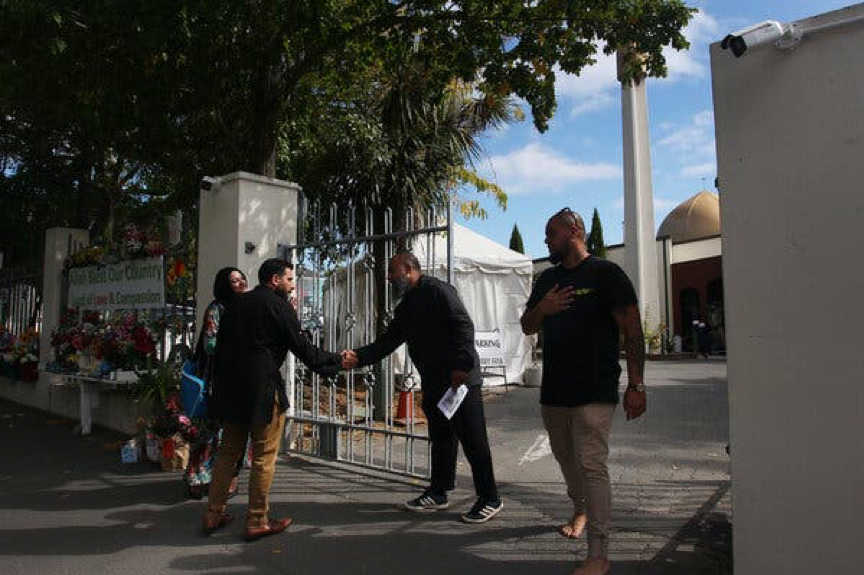
Outside Al Noor mosque in Christchurch this March, one year after the terrorist attack. Credit…Lisa Maree Williams/Getty Images
Closure and healing were what many of the survivors grasped for, and could not quite reach. Their anguish and outrage seemed to build with every hour.
Many of the victims’ statements were visceral, describing in great detail what assault weapons do to human flesh.
Temel Atacocugu, who was shot nine times at Al Noor, said he felt another man’s brains and blood trickle across his face as he hid from Mr. Tarrant in a pile of dead bodies.
Bullets tore through the skull and limbs of 35-year-old Hussein al-Umari. His mother, Janna Ezat, described receiving his remains on her birthday, six days after Mr. al-Umari was killed.
Despite living with flashbacks of her son’s “gruesome” wounds, Ms. Ezat told Mr. Tarrant that she would not hold on to her bitterness. “I decided to forgive you, Mr. Tarrant, because I don’t have hate, I don’t have revenge,” she said.
Most of the others were less merciful. Maysson Salama told Mr. Tarrant that she could not forgive him for killing her son Atta Elayyan, a talented player of futsal, a variant of soccer, and a successful app developer.
“You shattered so many dreams,” Ms. Salama said.
For many who lost fathers and mothers, brother, sisters and sons, no amount of punishment for Mr. Tarrant would be sufficient to erase the pain.
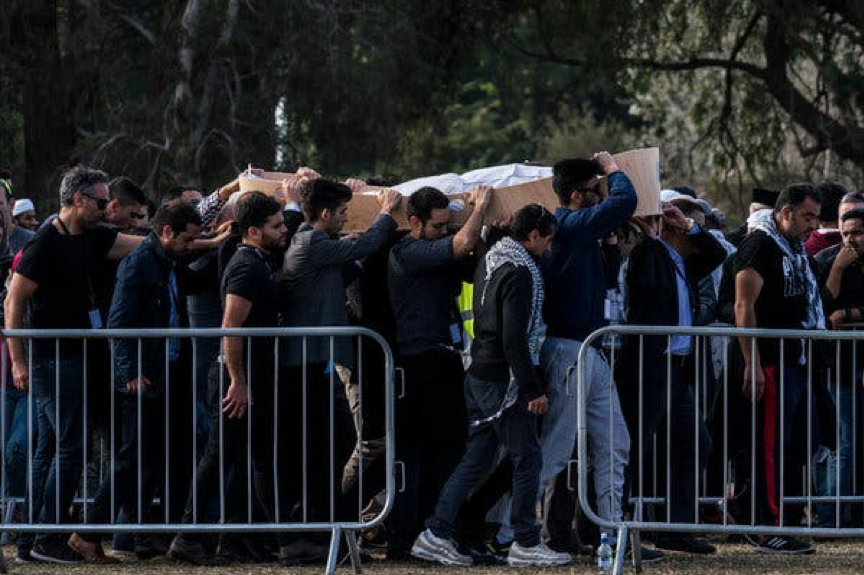
Family and friends carrying the coffin of Atta Elayyan, who was killed at the Al Noor mosque.Credit…Adam Dean for The New York Times
On Wednesday, Zuhair Darwish, whose brother Kamal was shot dead at Al Noor, told the court he wished that New Zealand would allow for capital punishment. Raising his voice, he shouted at Mr. Tarrant: “You will pay for what you did, in this life and another.”
Many others, emboldened by previous speakers, also stared right at Mr. Tarrant to deliver the strongest rebuke they could muster.
“You deserve to be buried in a landfill,” said Ahad Nabi, whose father, Haji Mohemmed Daoud Nabi, 71, a leader in the local Afghan community, was killed at Al Noor. He gave Mr. Tarrant the middle finger.
Several people decided to speak in court after hearing others or seeing Mr. Tarrant show no signs of remorse.
Alta Sacra, an American whose husband and 2-year-old son were shot at the Linwood mosque, leading to both physical and psychological trauma, said it was a relief to deliver the statement she wrote last month and had expected to have someone else read aloud.
“It felt good,” she said afterward, adding: “The presence of darkness is not an indication that it is the end.”

Alta Sacra, with her husband, Zulfirman Syah, and their son, Roes Syah, who were both shot at the Linwood mosque. Credit…Adam Dean for The New York Times
Mr. Tarrant’s actions came to be framed by many as a failure. He told the police his aim was to instill fear in the Muslim community. According to the statement of facts presented in court, he had intended to attack three mosques and burn them down after shooting as many people as he could, with the idea of dividing white people from non-European immigrants.
But many said his attempt to terrorize had led instead to greater unity. They told Mr. Tarrant that his actions had strengthened the bonds between New Zealanders of all races and religions, as well as their own trust in God.
“You tried to put divisions, hate,” said Abdul Aziz Wahabzadah, a furniture shop owner from Afghanistan who confronted Mr. Tarrant at the Linwood mosque and scared him off by throwing one of his rifles through a window of his Subaru. “But we all got together.”
Mr. Aziz, a compact man with long hair whose bravery was commended after the attacks, said he saw fear in Mr. Tarrant’s eyes at the mosque. “You should thank God on that day I didn’t catch you,” he said.
It was one of many lines that drew applause.
By that point, and into Thursday morning, what began with grief had evolved into collective strength. With the entire courthouse given over to the sentencing, people gathered in the halls to catch up in warm exchanges — making New Zealand’s justice system feel like the mosques themselves, which have again become homes of worship and community, with freshly painted walls, new carpets and high-tech security.
On Friday, they will again be filled with worshipers, as they were on the Friday morning when Mr. Tarrant set off on his rampage.
And New Zealand will have changed.
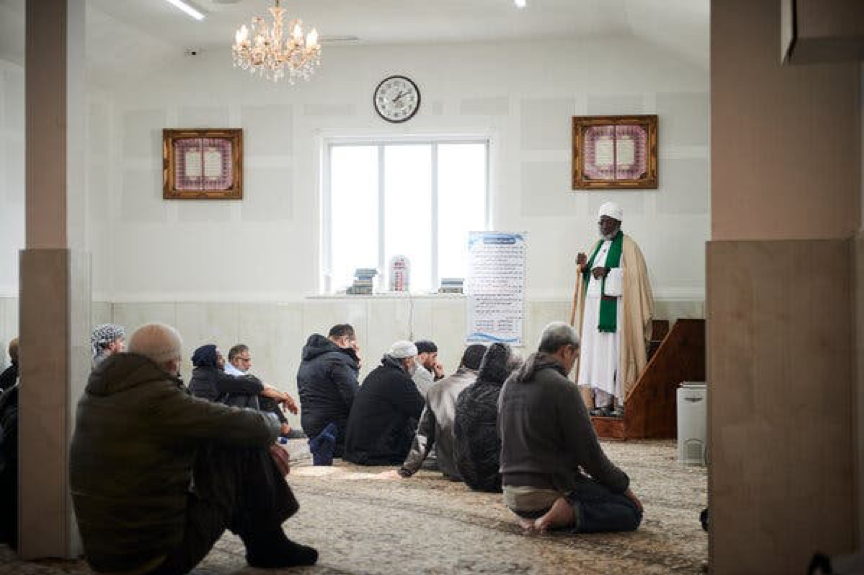
Friday Prayer at the Linwood mosque in August 2019. Credit…Christina Simons for The New York Times
Within days of the shooting, the country of five million people — a pair of rural islands with a well-established gun culture — banned the military-style assault rifles that Mr. Tarrant had bought legally for mass murder.
Prime Minister Jacinda Ardern also started a global campaign against online extremism, hoping to prevent others from livestreaming violence, as Mr. Tarrant did during his rampage, and to curb other forms of online hate.
Her efforts have helped lead to new restrictions on social media in many countries, including Australia, and on Thursday, Ms. Ardern said she hoped that the victims “felt the arms of New Zealand around you, and I hope you continue to feel that through all the days that follow.”
The pain and suffering, the economic consequences and the ubiquity of loss from Mr. Tarrant’s actions will linger.
“The damage he caused to this nation was heinous; no one will forget,” said Mr. Fouda, the imam from Al Noor.
But, he added, one message in particular must be remembered: “This person wanted to divide us, but he couldn’t,” he said. “Now he is the loser, and we are the winners.”
Damien Cave reported from Sydney, and Amanda Saxton from Christchurch, New Zealand.
Credit: The New York Times

